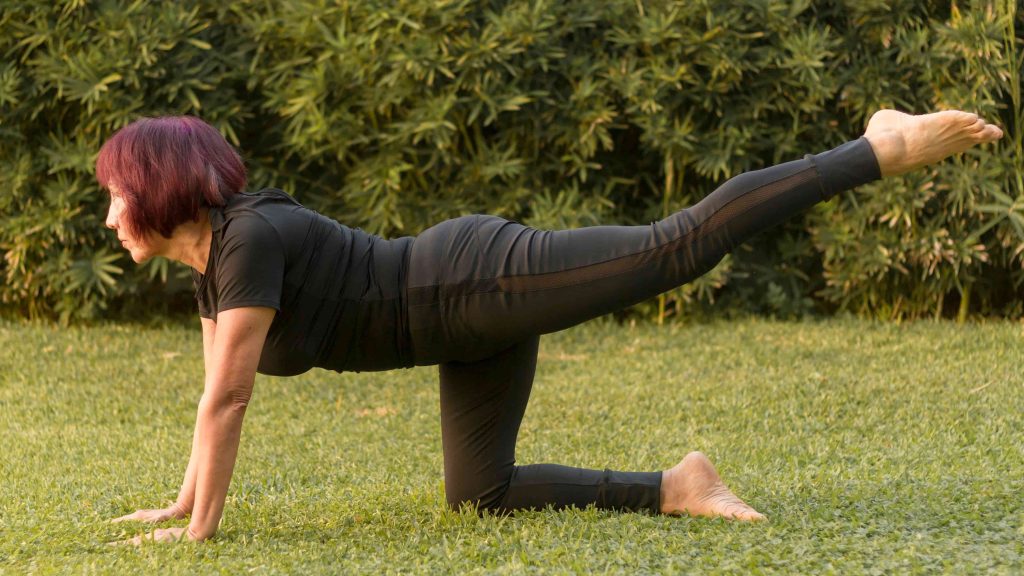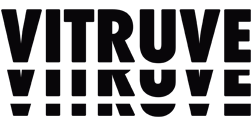2 de September de 2025
Hip Extension in the Quadruped Position: Exercise Guide, Tips and Benefits
Hip extension in the quadruped position is a fundamental movement that targets the glutes and hamstrings while promoting core stability and motor control. This bodyweight exercise is widely used in rehabilitation, warm-ups, and athletic development. In this guide, we’ll cover proper technique, muscle activation, variations, and how to integrate this movement into your Strength and Conditioning (S&C) programs.

What Are Hip Extensions in the Quadruped Position?
This exercise is performed on all fours (quadruped position) and involves extending one hip by lifting the leg behind the body while keeping the knee bent or extended. It focuses on isolating the hip extensors without compensatory movement from the spine or pelvis.
Quadruped hip extensions are especially useful for teaching athletes how to activate the glutes correctly and develop control over the lumbopelvic region. They serve as a great foundation for more complex posterior chain movements like deadlifts or hip thrusts.
How to Do Hip Extensions in the Quadruped Position Properly
Instructions:
- Start on all fours: hands under shoulders, knees under hips.
- Brace your core and maintain a neutral spine.
- Keeping your knee bent at 90°, lift one leg upward until your thigh is in line with your torso.
- Squeeze the glute at the top.
- Lower the leg slowly to the starting position.
- Repeat on one side, then switch.
Tips:
- Avoid arching the lower back.
- Don’t rotate the hips; keep them square to the ground.
- Move slowly and deliberately.
Muscles Worked by Hip Extensions in the Quadruped Position
- Gluteus Maximus: Primary driver of hip extension.
- Hamstrings: Act synergistically to assist hip extension.
- Erector Spinae: Stabilize the spine during movement.
- Core Muscles: Including the transverse abdominis and obliques for trunk stabilization.
- Shoulder Stabilizers: Maintain quadruped balance and control.
This movement emphasizes isolated glute activation, ideal for athletes needing posterior chain engagement without overloading the lumbar spine.
Benefits of Hip Extensions in the Quadruped Position
- Glute Activation: Strengthens the glutes without requiring weights.
- Core Stability: Engages abdominal and spinal stabilizers.
- Low Impact: Ideal for rehabilitation or injury prevention phases.
- Improved Motor Control: Enhances proprioception and neuromuscular coordination.
- Scalable: Easily progressed or regressed depending on athlete needs.
It’s a powerful tool to include in early phase strength cycles or warm-up routines. Want to learn how to integrate it in broader programming? Visit our Strength and Conditioning guide.
Common Mistakes to Avoid
- Overarching the Lower Back: Indicates poor glute engagement and excessive lumbar compensation.
- Rotating the Hips: Keep hips square and stable to focus on true hip extension.
- Rushed Reps: Fast movement reduces muscle activation and increases risk of improper form.
- Holding Breath: Maintain steady breathing for core support.
- Neglecting Core Engagement: A loose core shifts the load away from the glutes.
Variations of Hip Extensions in the Quadruped Position
- Straight-Leg Quadruped Hip Extension: Performed with an extended knee to shift emphasis onto glutes and hamstrings.
- Quadruped Hip Extension with Resistance Band: Adds external resistance to build strength.
- Cable Quadruped Kickbacks: Performed using a low pulley for constant tension.
- Bird-Dog: Combines contralateral arm and leg movement for greater core challenge.
- Elevated Quadruped Hip Extension: Hands on a platform to change joint angles and loading.
These variations allow progression for more experienced athletes or regression for rehab clients.

How to Include Hip Extensions in Your S&C Workout
Warm-Up / Activation:
- 2 sets of 10–15 reps per leg, bodyweight
- Focus on slow tempo and full range of motion
Rehab / Prehab:
- 3 sets of 15–20 reps, 3x/week
- Option to include light resistance bands for progressive loading
Integrated in Strength Circuits:
- Pair with planks, glute bridges, or shoulder taps in mobility blocks
This movement works especially well when used before squats, lunges, or any posterior chain dominant lift.
For more on managing workload and avoiding overtraining, check our guide on fatigue.
FAQs About Hip Extension in the Quadruped Position
What muscles do the quadruped position work?
The quadruped position primarily engages the glutes, core stabilizers, spinal erectors, and shoulder muscles, depending on the movement performed (e.g., hip extension, bird-dog).
How do you do quadruped alternate shoulder flexion with hip extension?
Also known as the bird-dog, extend one arm forward while simultaneously extending the opposite leg backward, maintaining a neutral spine and stable hips.
What is a 4 point kneel hip extension?
This is another term for quadruped hip extension. The ‘4-point’ refers to hands and knees being on the ground while performing the exercise.
How to do quadruped hip extension?
Start on all fours, lift one leg behind you by extending the hip while keeping the knee bent, pause at the top, then lower slowly. Repeat.
What is hip flexion vs hip extension?
Hip flexion involves decreasing the angle between the thigh and pelvis (e.g., bringing the knee toward the chest), while hip extension increases that angle (e.g., moving the leg backward).
